A unified API is an interface that enables different software applications to integrate. In practice, it is a layer of abstraction where the routes of different APIs are brought together and standardized. Or, even more concretely, you can think of it as a power strip for software.
Here are a couple of the unified APIs' characteristics:
- Standardisation
A unified API, as mentioned above, gathers in an endpoint the endpoints of different APIs. The unified API has to make choices about the standardization of this data. For example, an accounting unified API will combine the "GET clients", "GET customers", and "GET contacts" routes from different APIs into a single "GET clients" route.
- Customisation
To a certain extent, the user of a unified API can customize his unified API. The unified API could have a "GET customers" route for the "GET customers" and "GET clients" endpoints and a "GET contacts" endpoint for the "GET contacts" endpoint. The unified API standardizes as much as possible and, upon request, can adapt to specific use cases.
- Vertical integration
The unified API focuses on one vertical. In this vertical, the unified API standardises endpoints to cover a range of actions common to that vertical.
- Authentication
The different APIs potentially have different access modes. By definition, the unified API must enable a single authentication that provides secure access to these unified APIs. Developers will only have to set up a single authentication for the unified API instead of one for each connector. Here too, the time savings are clear.
One needs to consider other criteria to pick the right unified API for their business: the business vertical and the connectors; the tools, including those without APIs, to which it can connect; and the coverage it offers.
⇒ This article explains in more detail how to choose your API.
One of the strengths of a unified API is its single, standardized structure, to which new connectors can be added as and when required. It is particularly relevant in a context of fast growth - for example, for a software publisher that wants to serve a wide range of SMEs.
⇒ This article explains in more detail why and for whom a unified API is relevant.
To see our Unified APIs in action, check out our E-commerce Accounting Automation article.

.webp)
.webp)
.webp)

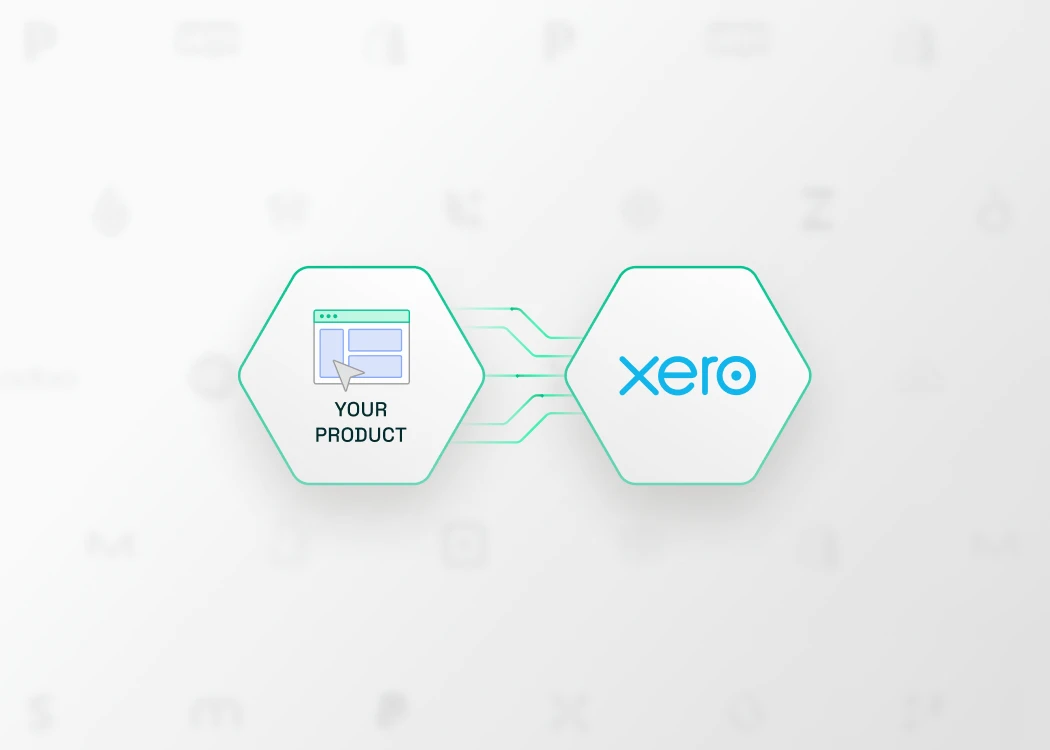


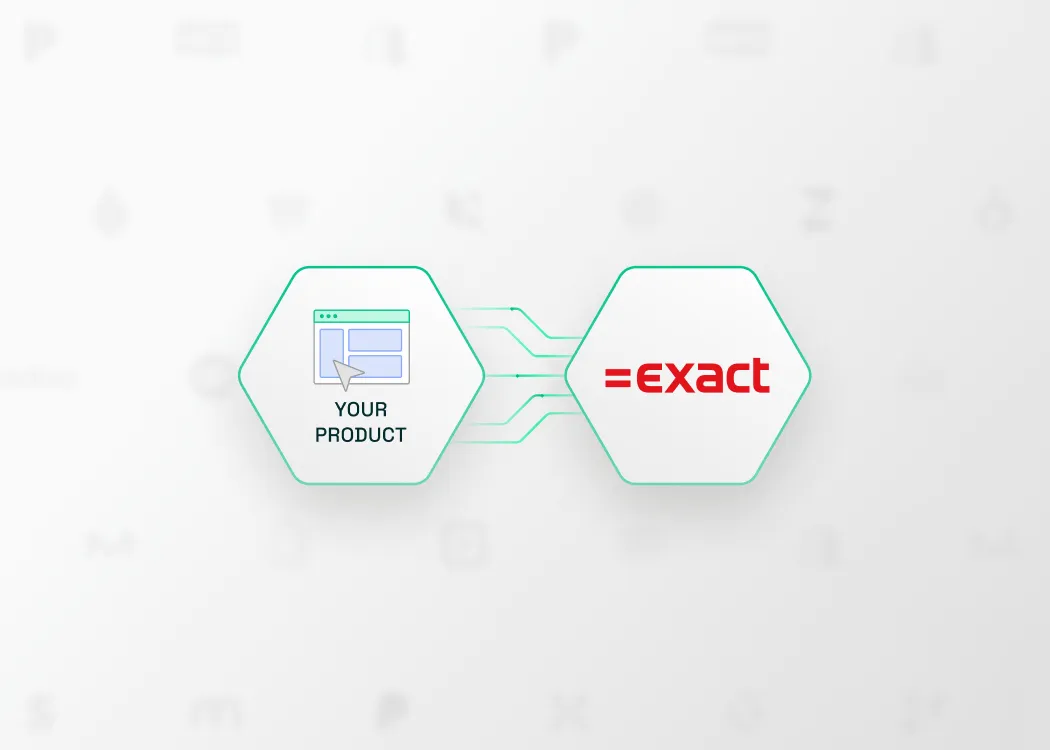

.webp)
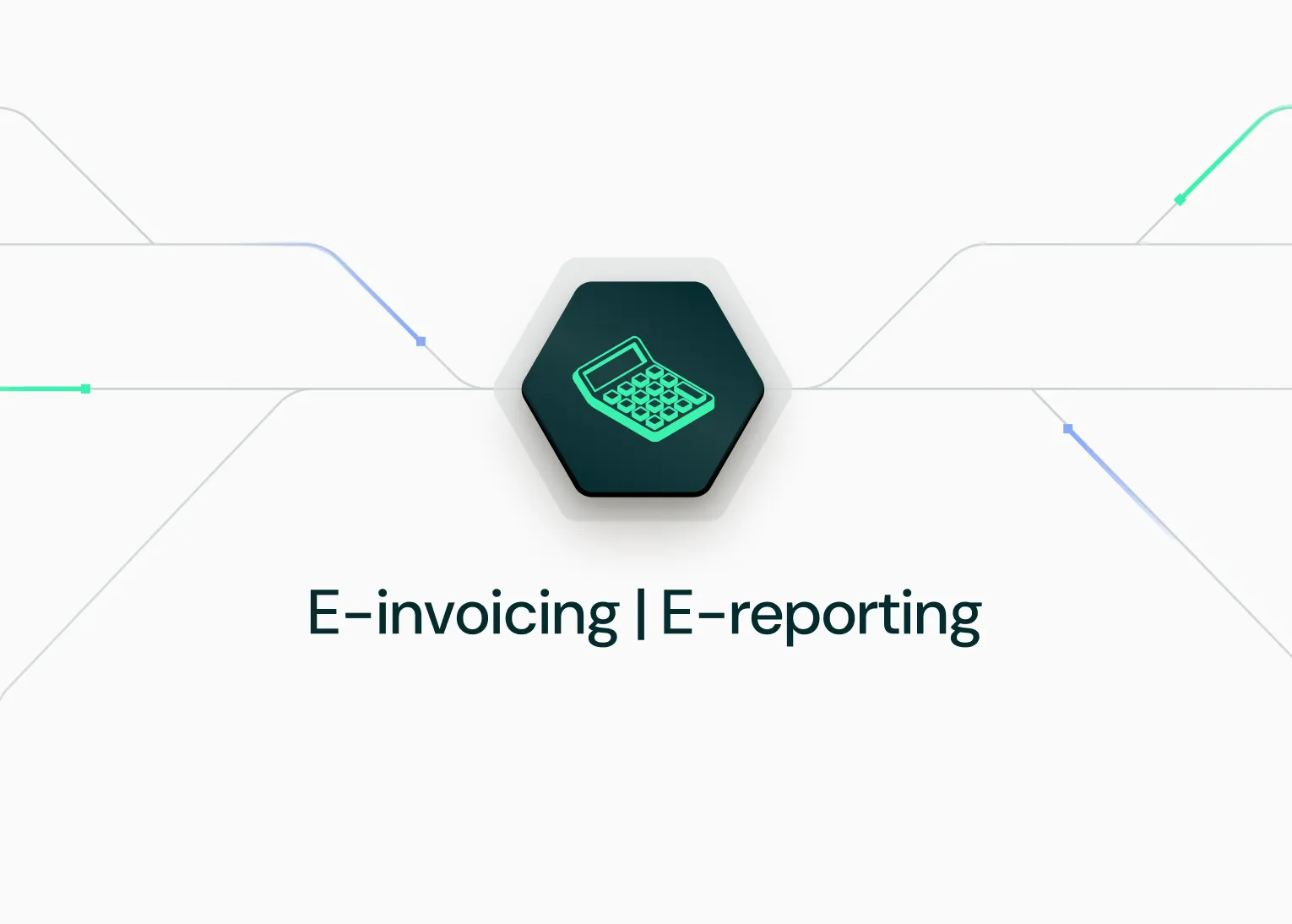
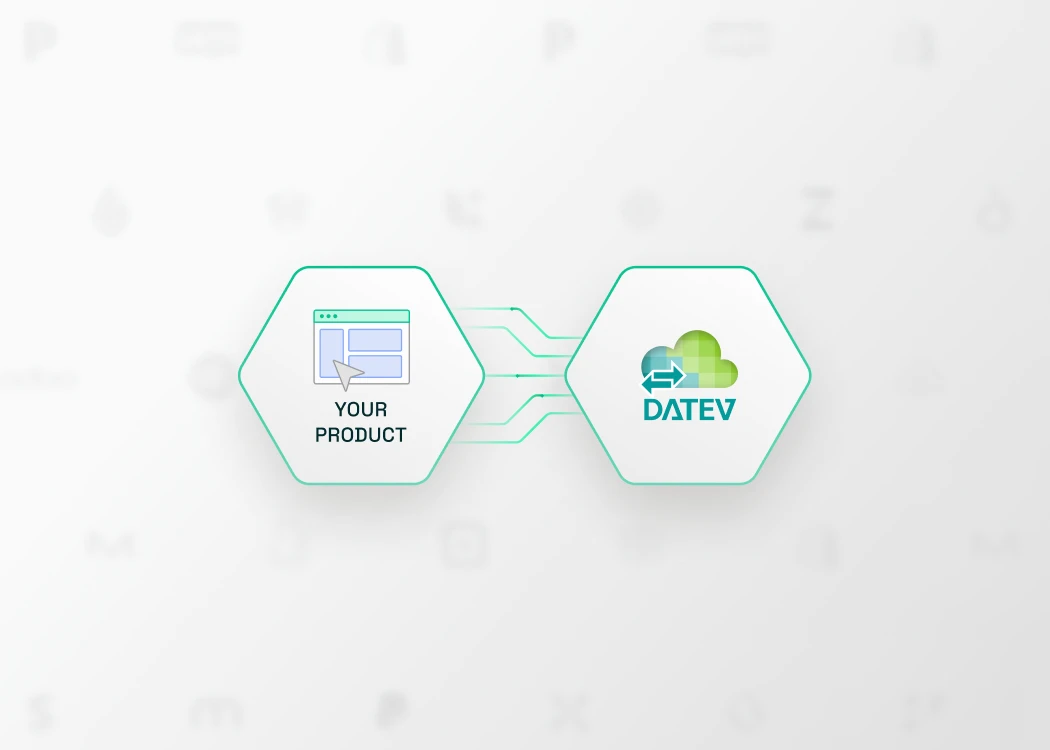
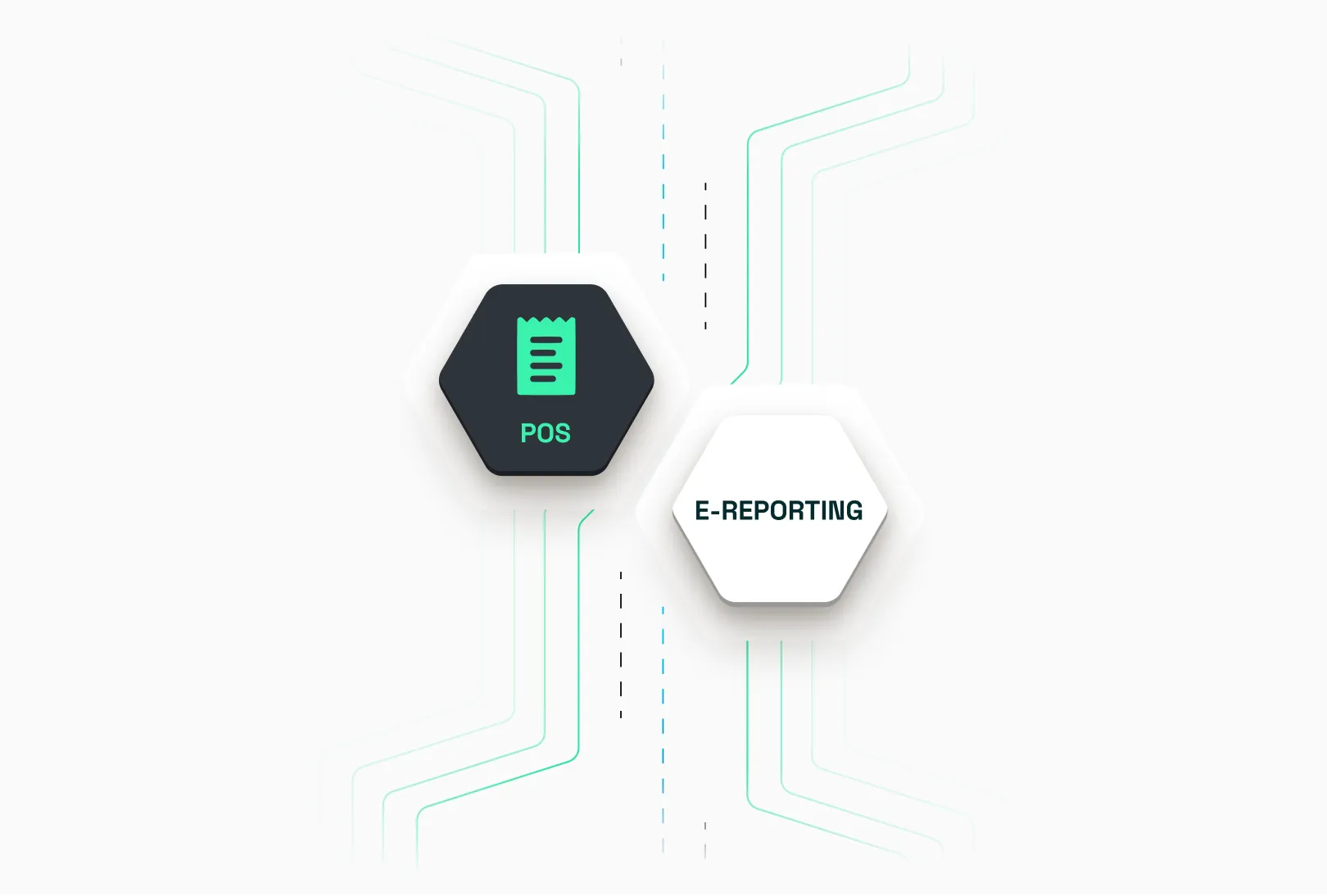

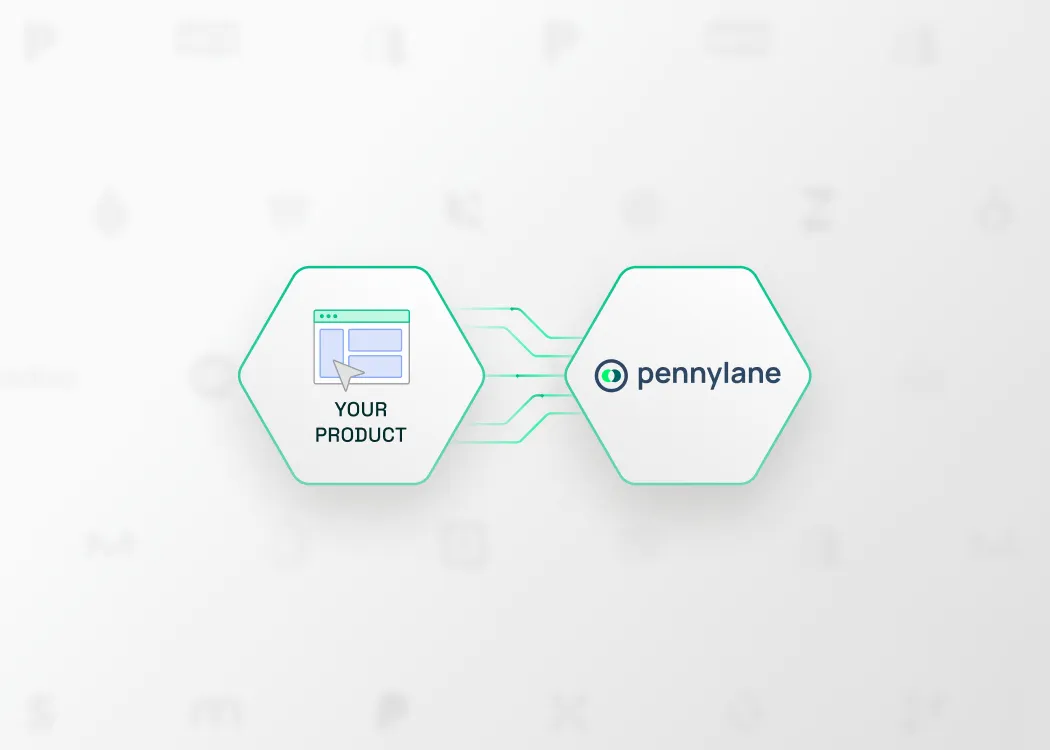


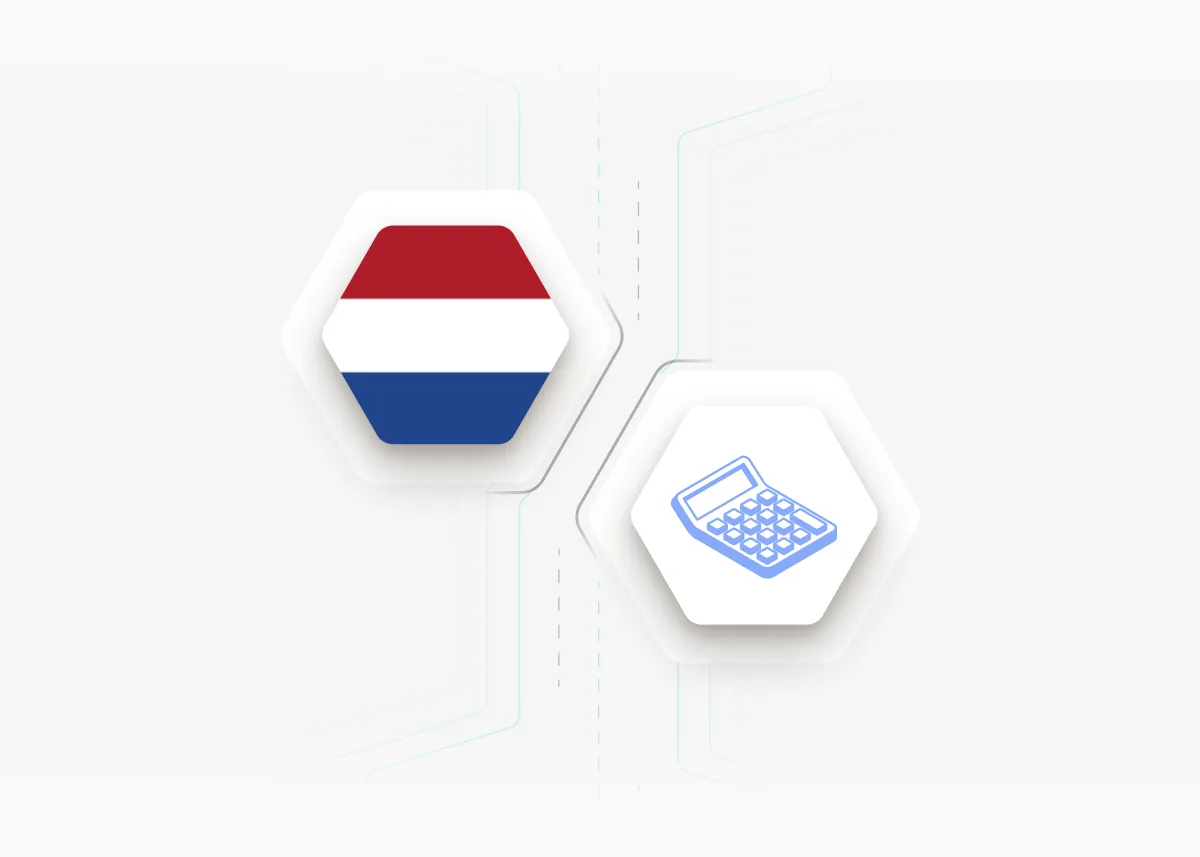
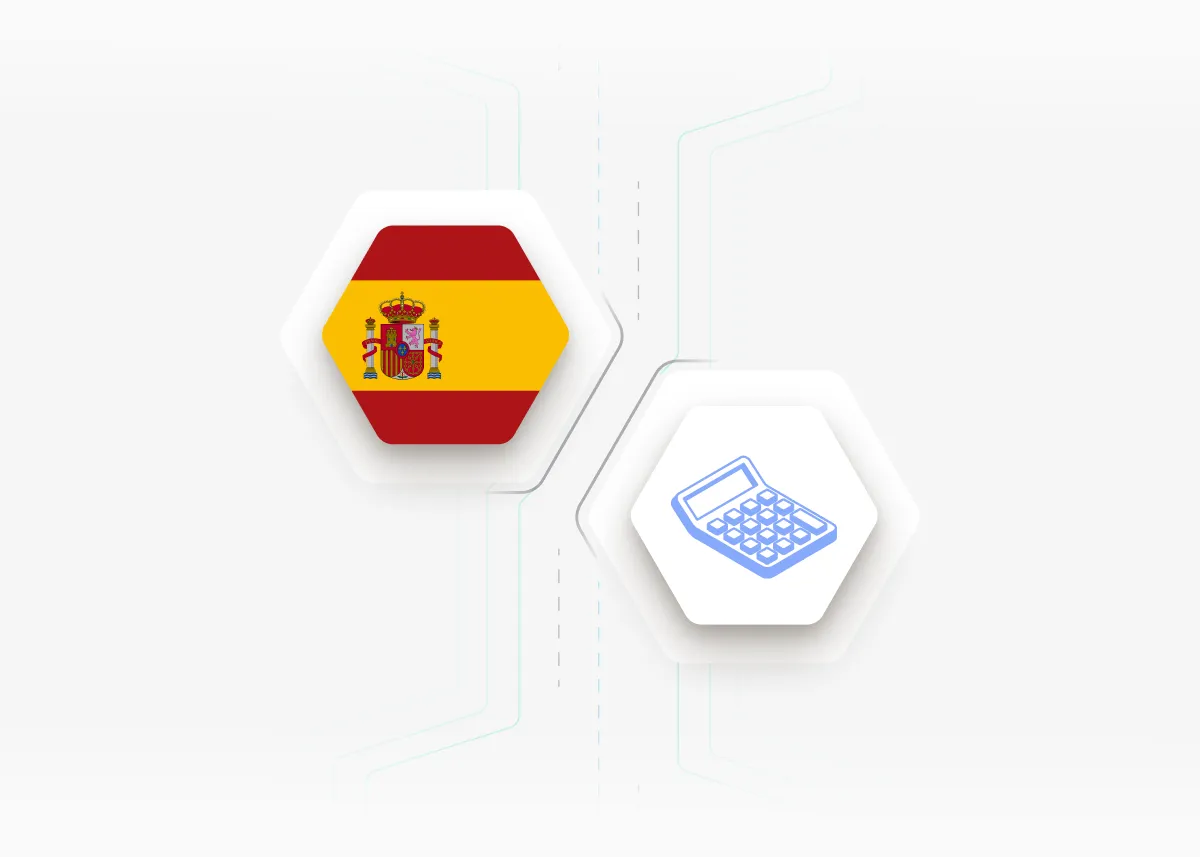

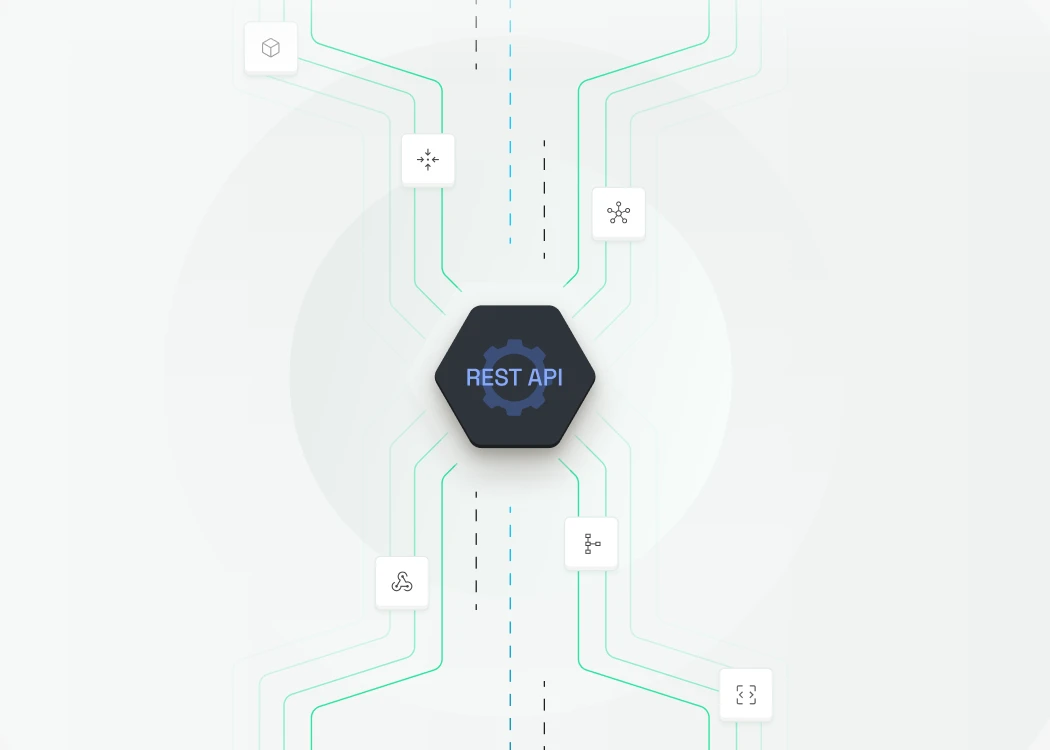






.avif)



